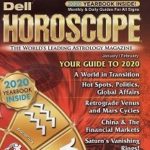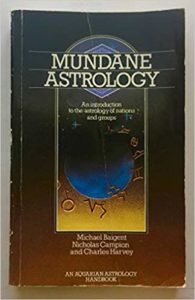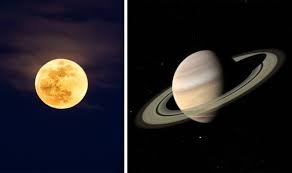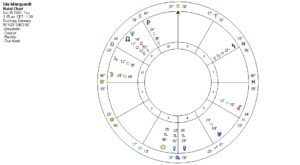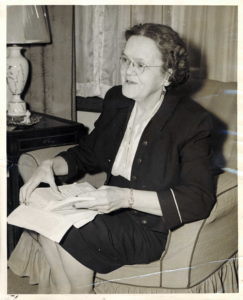Jupiter in Capricorn is traditionally in its “fall” – since Jupiter wants everything big and upbeat, and Capricorn likes things simple and realistic. It’s a bit of a conundrum to have the planet of expansion in the sign of contraction and restriction. But obviously some make it work! These people may not find lucky breaks as often as those with Jupiter in more compatible signs, but those with Jupiter in Capricorn often achieve positions through genuine hard work and earnest application to their goals. Their careers can be long-lasting, and we remember many of them well after they’ve passed. 
Some become quite accomplished at what they do, and find a commitment to their work. Jupiter rules the higher mind and ideals, and the sign of Capricorn makes them pragmatic realists. Many are self-contained and low-key, not flashy.
Government Boosters
Jupiter and Capricorn share an interest in larger issues, which can include the government. So it’s no surprise to see many with this placement in positions of authority. They often conduct themselves with Capricornian decorum:
Elena Kagan, Amy Klobuchar, Beto O’Rourke, Barbara Bush, Gerald Ford, Margaret Thatcher, Madeline Albright.
Memorable Classics
Jupiter’s need for self-expression meets Capricorn’s ability to be succinct and pithy. These examples show how memorable Jupiter in Capricorn can be:
Langston Hughes, Emily Dickinson, Elizabeth Barrett Browning, Emily Bronte.
Authentic Voices
Jupiter in Capricorn may also bless many with the ability to accomplish their goals – no matter what area of life Jupiter chooses to expand to. These individuals can have a deeply personal connection with their ideals, along with a Capricornian authenticity, sharing with others who they really are, perhaps based on hard-won personal experience:
Alyssa Milano, Pope Francis, George Takei, Caitlyn Jenner, Prince Harry, RuPaul, Edgar Cayce, Malcolm X, Vanessa Redgrave.
Astrologers
Astrologers can also be Jupiterian idealists with an interest in Capricornian timing. Based upon the number of astrologers with this combination, it seems a common one:
Linda Goodman, Noel Tyl, Steven Forrest, Marion Mayer Drew, Kim Farnell, Cheiro – and many more.
Inspired Careerists
The folks that follow may not seem like typical Capricornians – somehow the emphasis is on an expansive Jupiter. But they also have long-lived careers and continue working – not satisfied with being a “flash in the pan.”
Tilda Swinton, Courtney Vance, Miley Cyrus, Marie Kondo, Mark Zuckerberg, k.d. lang, Katy Perry, Dwayne Johnson, Lorde.
Humorists
Another commonality between this planet and sign is comedy. It can bestow a dry sense of humor, good timing or an appreciation of irony. Those who have it also seem to be down-to-earth and grounded:
Scarlett Johansson, Julia Louis-Dreyfus, Gwynyth Paltrow, Sofia Vergara, Kathy Griffin, Valerie Bertinelli, Mary Tyler Moore.
Questionable Ethics
There’s a down-side to every astrological combination, and we might say that those with Jupiter in Capricorn can go too far or be too ambitious, insensitive to others in pursuit of their goals, or even become autocrats. With Saturn ruling Capricorn, however, they may ultimately pay the price for their bad behavior:
Benjamin Netanyahu, Paul Manafort, Linda Tripp, Michael Flynn, Bill Cosby, Dustin Hoffman, Saddam Hussein, Richard Nixon.
